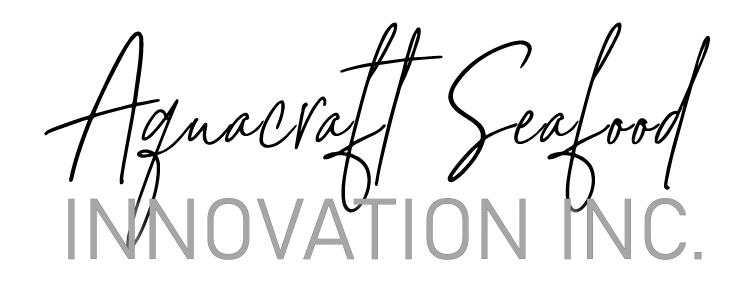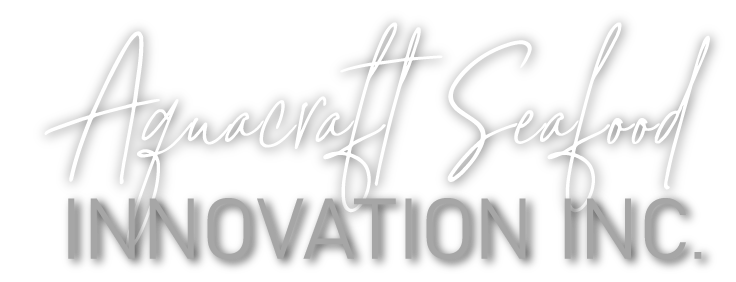We look ahead to the 2021 rebirth of the restaurant (and the seafood) industry. And a new market approach on the consumer.
Even crazier than applying Robert Frost’s epic poem “Stopping by Woods on a Snowy Evening” to the seafood sector is perhaps to be looking ahead with optimism to 2021 and the future of the #restaurantindustry. Yes in these dark, dark times when a new record number of #COVID cases is recorded every single day, it does seem crazy and even insensitive in the extreme to be talking about the #recovery of the #restaurantindustry from the devastation of #COVID. After all the devastation has been massive on many levels and even for the next few weeks and months we will remain in this extremely challenging environment. But with the recent announcements of the efficacy and subsequently likely rollouts of the Pfizer, Moderna and AstraZeneca #vaccines we know there will be light at the end of the tunnel. Can we think about what comes afterwards? Insights from our friends at Technomic, Inc. on the future of #restaurantbusiness gives us hope that, yes, from Q2 or Q3 onwards, recovery will indeed be at or even greater than 21% YoY. With this in mind, #seafoodindustry producers should be positioning themselves now for the #future. What can be done to put yourself in pole position for a strong resumption of #foodserviceindustry growth?
We have been thinking for awhile now what to recommend to seafood producers, heavily indexed to food service and considering their strategies for the months ahead. Many are thinking, “How do I clear this massive bio-mass buildup? How do I re-enter the marketplace after perhaps not being there for some time? How do I re-engage the all important customer, the chef, the buyer?”
Where can we start? We do know that for some species in the seafood industry (such as farmed salmon), the pandemic wasn’t all bad. Sure it destroyed pricing indices and cratered values but for farmed salmon, supply didn’t rot on the wharf but instead gained a renewed foothold in the retail environment with a corresponding trial opportunity for many new or lapsed salmon consumers. But was this just a one time sales opportunity for this segment or can it be a launchpad for the creation of something longer lasting and deeper? Perhaps farmed salmon is one example of a segment that must now take this opportunity to embrace a new beginning.
As we in the seafood sector know all too well, although seafood consumption per capita has grown by 11.8% from 2012 to 2018, it has remained stubbornly low in comparison to other proteins and for many, heavily indexed to the food service channel, the COVID pandemic was a total disaster. So what is the downside to using this time now to make a corrective turn away from what it has always done? “The way things have always been done” has more or less resulted in low consumption levels and minimal growth against other categories. How can the seafood sector implement a step change in its market approach? By adopting marketing strategies long used by the consumer packaged goods industry and then subsequently embraced by other proteins like beef, chicken and pork.
Now we aren’t arguing that it is possible to move completely away from the commodity trading model that moves a constantly varying supply base into the marketplace, regulated by the invisible hand of the market (price). But it is possible and it is time to employ sophisticated marketing strategies that can help move away from price and towards control of the product. Towards providing value to the customer and driving CONSUMPTION.
First of all, producers must move from being exclusively raw material providers towards a sophisticated market presence. This will allow producers to diversify in order to manage future risk. It will allow them to improve margins by moving downstream. It will allow them to differentiate themselves from other producers. And it will drive the segment’s growth by participating in it actively rather than indirectly through third parties. Sounds great, but what does it really mean and how will this be accomplished?
To evolve to a new phase in market participation, for seafood producers means to begin to understand the consumer, know the consumer and begin to interact with the consumer. After all, it’s the consumer who buys, prepares and eats what the seafood producer harvests. And to know the consumer means to collect data. Certainly the seafood sector is no stranger to the collection of data. There is really no macro statistic that cannot be instantly provided at a moment’s notice by a burgeoning industry of seafood statisticians. But macro data about production trends isn’t going to unlock many insights about our pals Joe the Plumber, Sarah the Student or Peyton the Professional. Nor is macro data going to be as useful in acquiring insights from the grocery retail channel that can be utilized in New Product Development strategies, pricing strategies and promotional and merchandising strategies.
When I launched Skuna Bay Salmon in 2011, I did so only after a series of in depth interviews with top chefs around the country, getting insights on things as varied as their philosophies on food in general, their perceptions on quality, branding and many many other things. We tested the name and only landed on Skuna Bay Salmon after another name we liked (Yuquot) tested horribly. There are literally thousands of ways to collect data on consumers and I won’t list them out here but collecting data is the cornerstone of a professional and successful market strategy. Producers must not only commit to knowing the consumer and collecting data to do this but they must allocate resources to ensure they do this.
They must also hire people who know how to gather the data, how to distill the data and how to use the data. And use the data they must – to create strategies from the insights they glean about Ava the Artist and Travis the Techie. The good news is that data is the ultimate killer of two birds (data being the stone). Not only can it help provide insights to help drive strategies to engage the consumer but this same data can be used as a valuable commodity back to the customer to help achieve objectives in the food service trade (and the retail trade too).
Changing the market approach by seafood producers is certainly only the start of being prepared for a rebirth of the food service sector in 2021 and beyond. Committing to knowing the consumer is the second step. And to know the consumer is to commit to data: acquiring it, interpreting it, using its insights to create valuable and unique solutions for the restaurant, chef and operator.
After this “darkest evening of the year”, seafood producers and their friends in the restaurant channel are going to need some unique solutions and sophisticated strategies to emerge into a bright future.
Check back here for our next blog post: more insights and strategies to evolve towards a sophisticated market presence as the world reopens in 2021. Market focus, consumer-centric, embrace of data, control of the product, control of the brand and the personnel decisions to think about.

